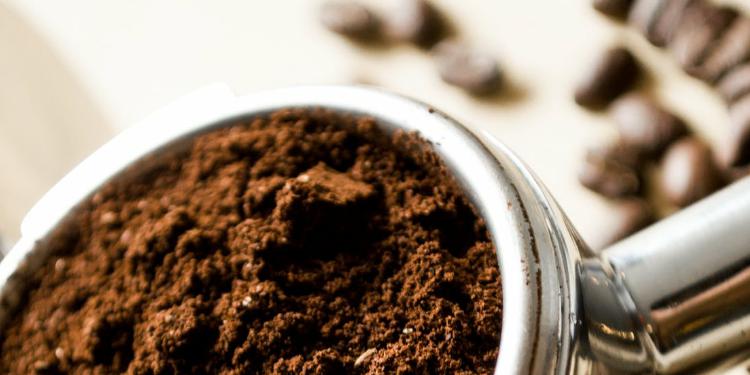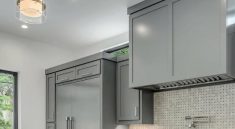Serious coffee drinkers wouldn’t consider anything less than grinding their own beans at home. Grinding beans does take a bit more time but as any connoisseur will tell you, it is well worth the effort. The reason for this is that coffee beans like any other food product oxidize when they are exposed to the air. Once the beans have been ground they have a much larger relative surface area than the unground bean plus there is no outer layer of protection, so they suffer this effect even more.
Consequently, grinding beans at home produce the least exposure to air and hence the freshest grounds. In making the perfect cup of espresso what is important is that you grind only the amount you will use immediately.
There are three main types of Coffee Grinders which include the burr, blade, and crusher designs.
Blade Grinders operate pretty much the same way as the ancient mortar and pestle which crushes and mashes the beans. As you would understand this method is not 100% effective because it produces grounds of uneven size. If you have other choices steer away from these models and go with the ones that have superior features.
Contrary to their name Blade grinders don’t actually grind at all but rather chop. Being electric the whirling blades slice the roasted beans into smaller and smaller sections until they are reduced down to small grain size. Unfortunately, you end up with grains that are invariably too large and of inconsistent size.
As a consequence the surface areas of the granules vary, releasing varying amounts of flavor oils when brewed. Another effect of slicing is often the production of excess heat because of the high speed of the blades. Friction warms the grounds and partially dissipates the aroma.
If you want to make the best grounds Burr grinders are by far the top model to buy for home use. This type of grinder has a pair of motor-driven plates with pyramid-shaped teeth that grind the beans to an even small granule. With the better models, they allow the operator to adjust both the size of the grain and the speed of the grinding which is important if you want to get your coffee grounds just right.
The really serious coffee aficionados will always prefer a burr grinder over any other even though they can be noisier to operate. The reason for this is because this type of grinder allows for the most control of bean grain size from coarse to fine through being able to adjust the speed. The best of the conical burr grinders can rotate as slowly as 500rpm.
When the home barista is considering buying other attributes to look for are solid construction, easy cleaning, and low noise. A cleaning brush and removable upper burrs is essential as different materials used can affect how much static electricity is produced – this causes the grains to stick to the burrs and container.
If you are serious about producing the perfect brew and don’t mind spending a little extra time and effort to make a gourmet cup then a good quality coffee grinder is definitely worth considering.
Enjoy!




